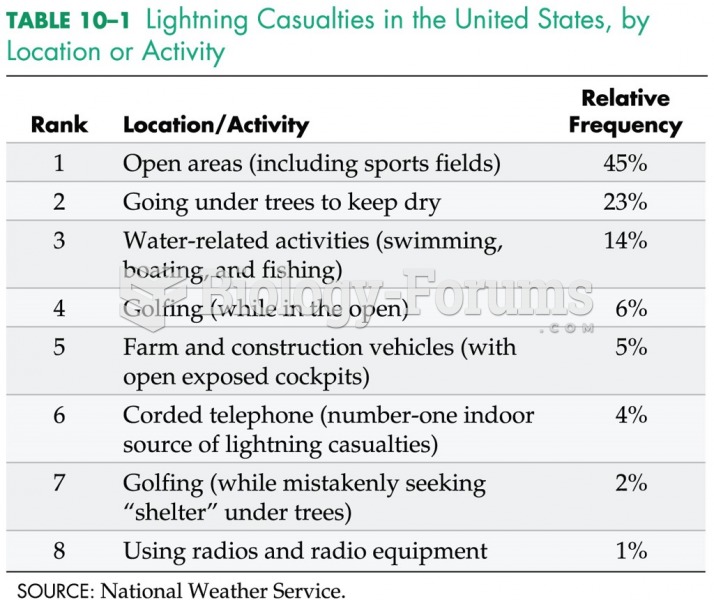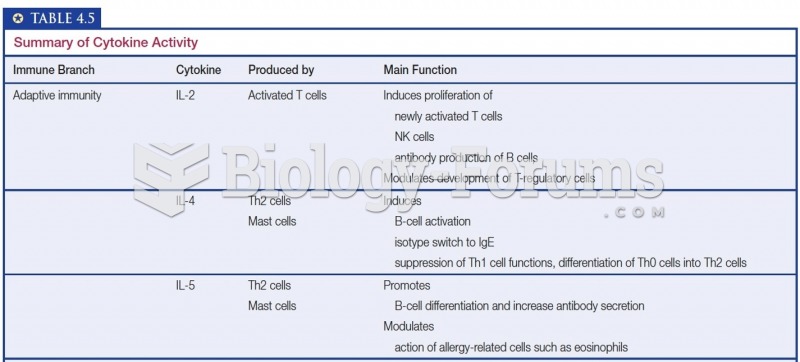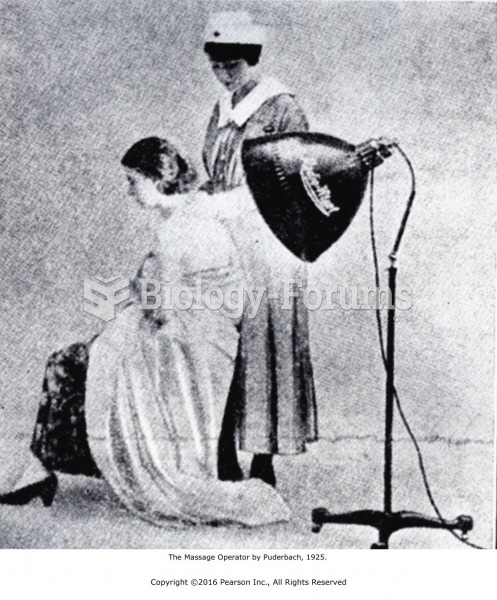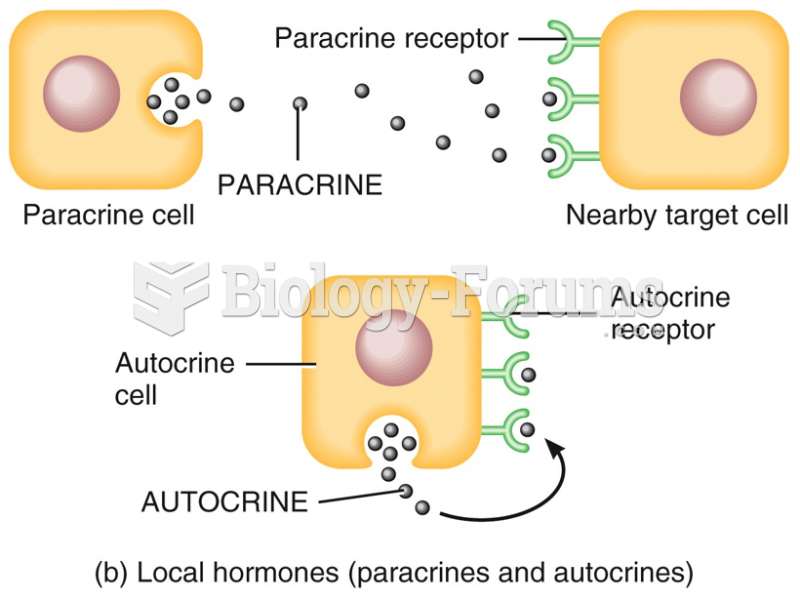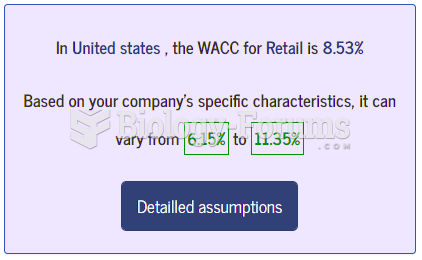Answer to Question 1
1. Overhead costs = 20,000 + 250,000 + 252,500 + 151,100 = 673,600
=
X-rays Ultrasound CT scan MRI Total
Technician labor 62,000 101,000 155,000 103,000 421,000
Depreciation 42,240 256,000 424,960 876,800 1,600,000
Materials 22,600 16,400 23,600 31,500 94,100
Allocated overhead 99,200 161,600 248,000 164,800 673,600
Total budgeted costs 226,040 535,000 851,560 1,176,100 2,788,700
Budgeted number of procedures 3,842 4,352 2,924 2,482
Budgeted cost per service 58.83 122.93 291.23 473.85
Allocated overhead = Budgeted overhead rate Technician labor costs
= 1.60 Technician labor costs
2. Budgeted Information
X-rays Ultrasound CT scan MRI Total
Number of procedures 3,842 4,352 2,924 2,482 13,600
Cleaning minutes per procedure 5 5 15 35
Total cleaning minutes 19,210 21,760 43,860 86,870 171,700
Number of procedures 3,842 4,352 2,924 2,482 13,600
Minutes for each procedure 5 15 25 40
Total procedure minutes 19,210 65,280 73,100 99,280 256,870
Activity Budgeted Cost
(1) Cost Driver
(2) Units of
Cost Driver
(3) Activity Rate
(4) = (1) (3)
Administration 20,000 Total number
of procedures 13,600 1.47059 per procedure
Maintenance 250,000 Total dollars
of depreciation 1,600,000 0.15625 per dollar of depreciation
Sanitation 252,500 Total cleaning
minutes 171,700 1.47059 per cleaning minute
Utilities 151,100 Total procedure
minutes 256,870 0.588235 per procedure minute
X-rays Ultrasound CT Scan MRI Total
Technician labor 62,000 101,000 155,000 103,000 421,000
Depreciation 42,240 256,000 424,960 876,800 1,600,000
Materials 22,600 16,400 23,600 31,500 94,100
Allocated activity costs:
Administration
(1.47059 3,842; 4,352; 2,924; 2,482) 5,650 6,400 4,300 3,650 20,000
Maintenance
0.15625 42,240; 256,000; 424,960; 876,800) 6,600 40,000 66,400 137,000 250,000
Sanitation
(1.47059 19,210; 21,760; 43,860; 86,870) 28,250 32,000 64,500 127,750 252,000
Utilities
(0.58862 19,210; 65,280; 73,100; 99,280) 11,300 38,400 43,000 58,400 151,100
Total budgeted cost 178,640 490,200 781,760 1,338,100 2,788,700
Budgeted number of procedures 3,842 4,352 2,924 2,482
Budgeted cost per service 46.50 112.64 267.36 539.12
3. Using the disaggregated activity-based costing data, managers can see that the MRI actually costs substantially more and x-rays, ultrasounds, and CT scans substantially less than the traditional system indicated. In particular, the MRI activity generates a lot of maintenance activity and sanitation activity. Managers should examine the use of these two activities to search for ways to reduce the activity consumption and ultimately its cost.
Answer to Question 2
T


